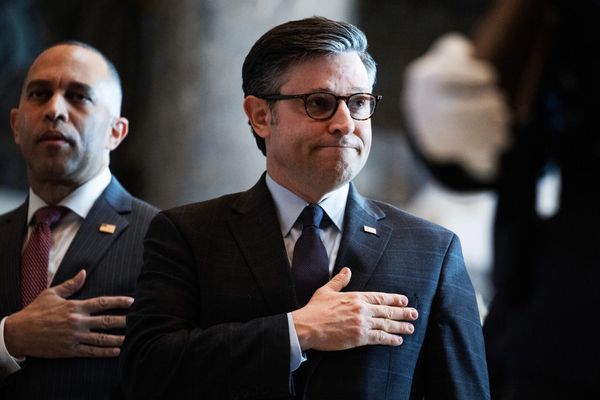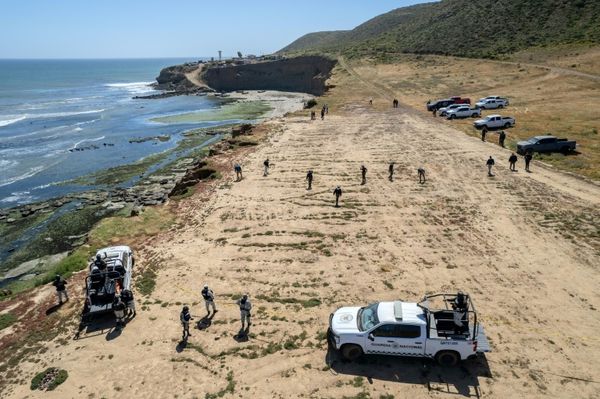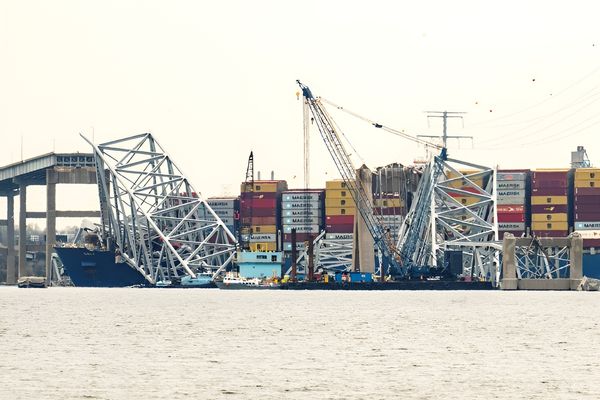
King Charles' coronation took place on 6th May 2023, and there's no denying that it was a historically momentous day, giving the United Kingdom and the Commonwealth their first new monarch in over 70 years. It was also a particularly significant day for Charles himself of course, who, at 74, became the eldest monarch in history on the day of his coronation.
Eight months after the passing of Queen Elizabeth II, the coronation of Charles – and Queen Camilla – took place at Westminster Abbey. And it was a huge operation, which had actually been in the planning for decades; so there are plenty of details that you may not be aware of about this enormous royal event.
If you're keen to clue yourself up on everything to do with King Charles' coronation, here are 32 of the most interesting facts about the day itself and the entire coronation weekend that you may not have previously known.
32 facts about King Charles's coronation
Charles' coronation is the only one conducted by the current Archbishop of Canterbury
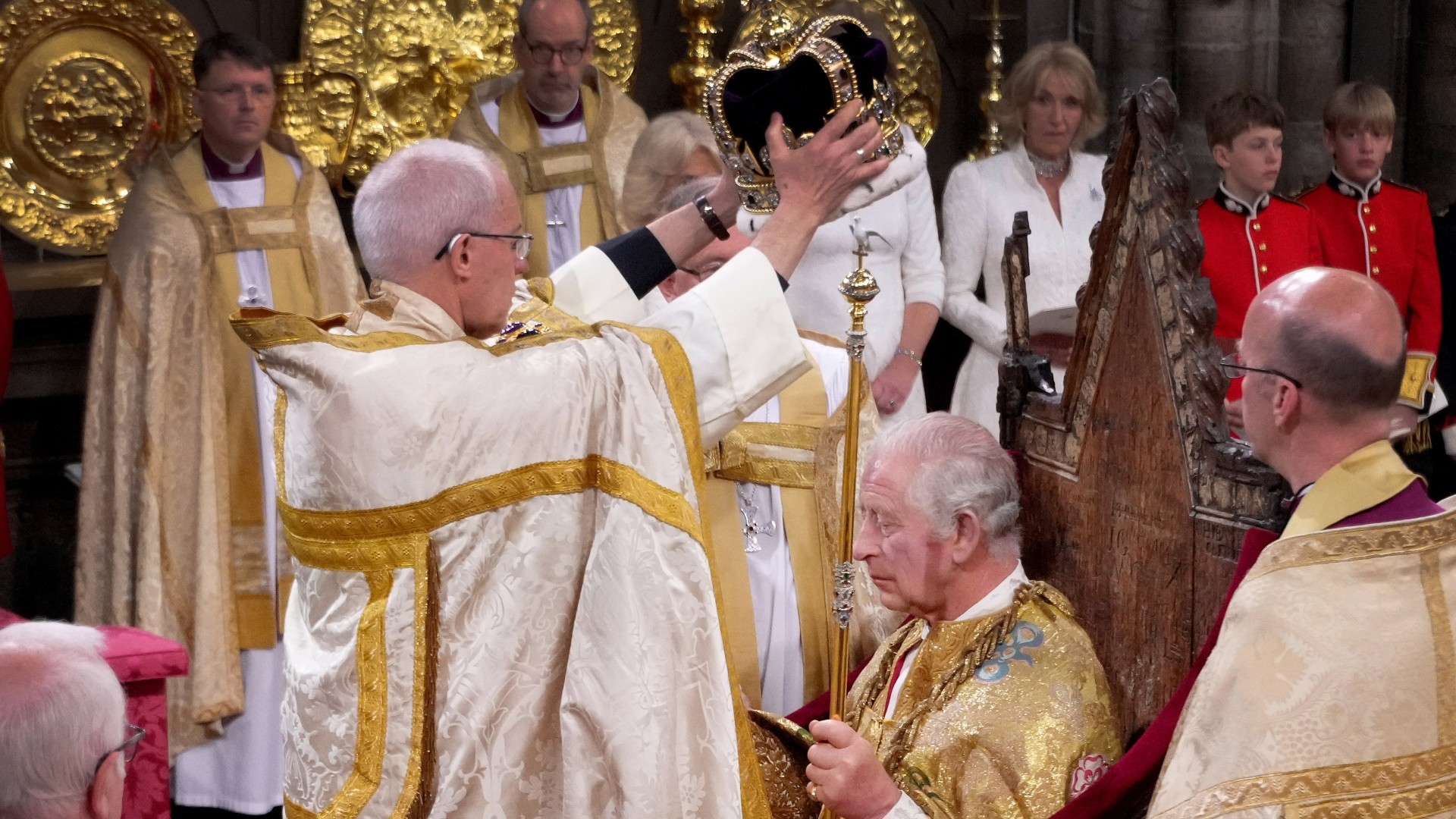
Justin Welby is the 105th Archbishop of Canterbury, and King Charles' coronation was, of course, the very first time he has ever conducted a royal coronation.
As the principal leader of the Church of England, he conducted almost the entire coronation service, as has been tradition for his role to do for centuries. Looking at the most senior roles within the Church of England, Archbishop of Canterbury is considered to have precedence over almost all other people involved with the Church, apart from the royal family, and in particular, the King, who is Head of the Church of England, which is why he is always the person to perform the coronation.
Not only did Justin Welby perform many of the readings within Charles' coronation, but he was also the one who anointed, enthroned and placed the crown on the King's head.
The government picked the guestlist
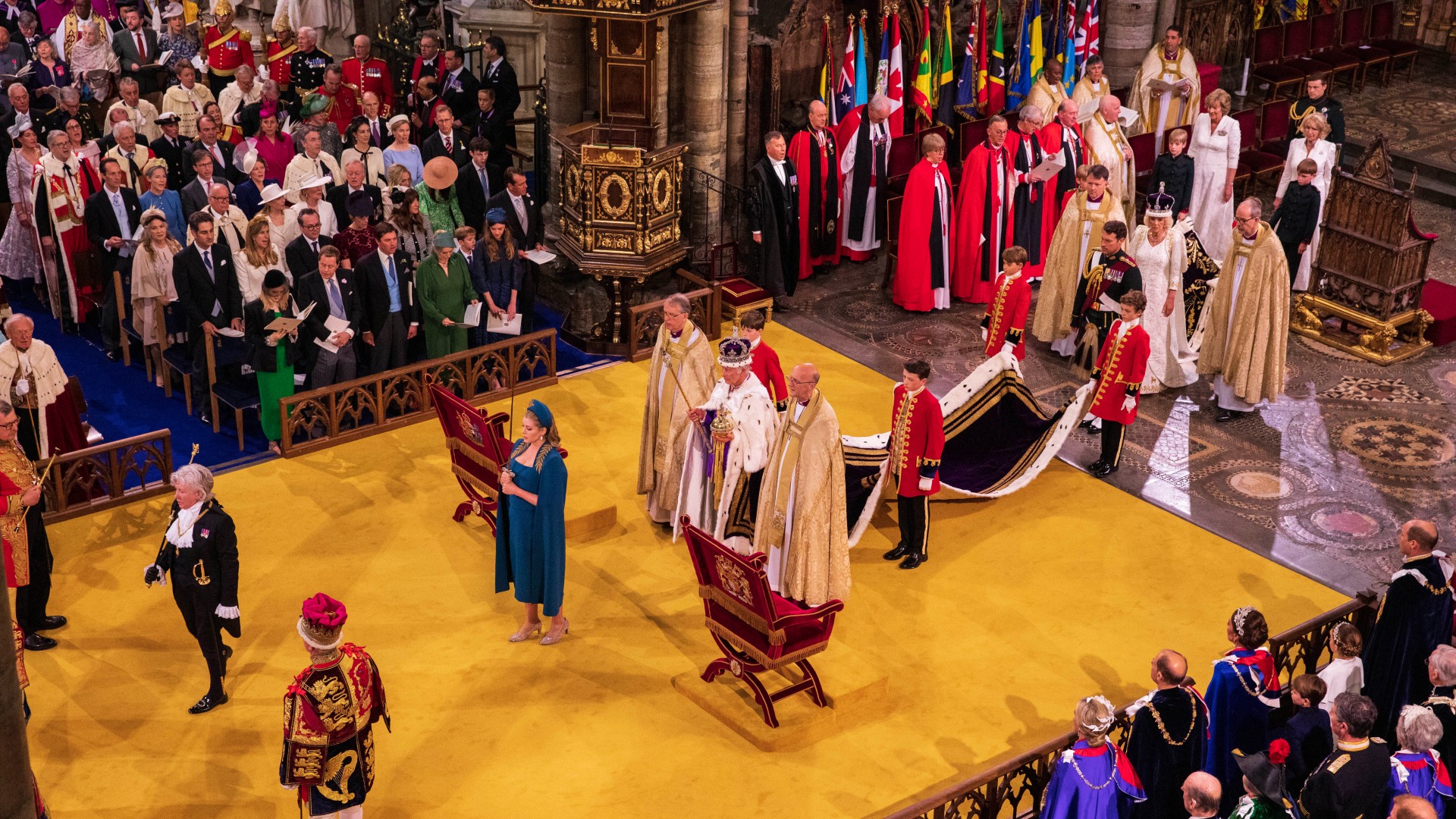
Considering that it was a national event, King Charles' coronation was actually entirely funded by the British Government. It's not clear how much the coronation in its entirety cost, but taking into consideration the coronation itself, the money set aside for public events, and the funding for security and a police presence for the day, it is estimated to have set the government back anywhere between £50 million - £100 million.
Given that the government funded the event, they also dictated the guest list, inviting over 2,000 guests from 203 different countries. There were a host of different attendees, including foreign dignitaries and heads of state, as well as various charity representatives, and of course, many of Charles' close family members and friends.
His was the first May coronation since 1601
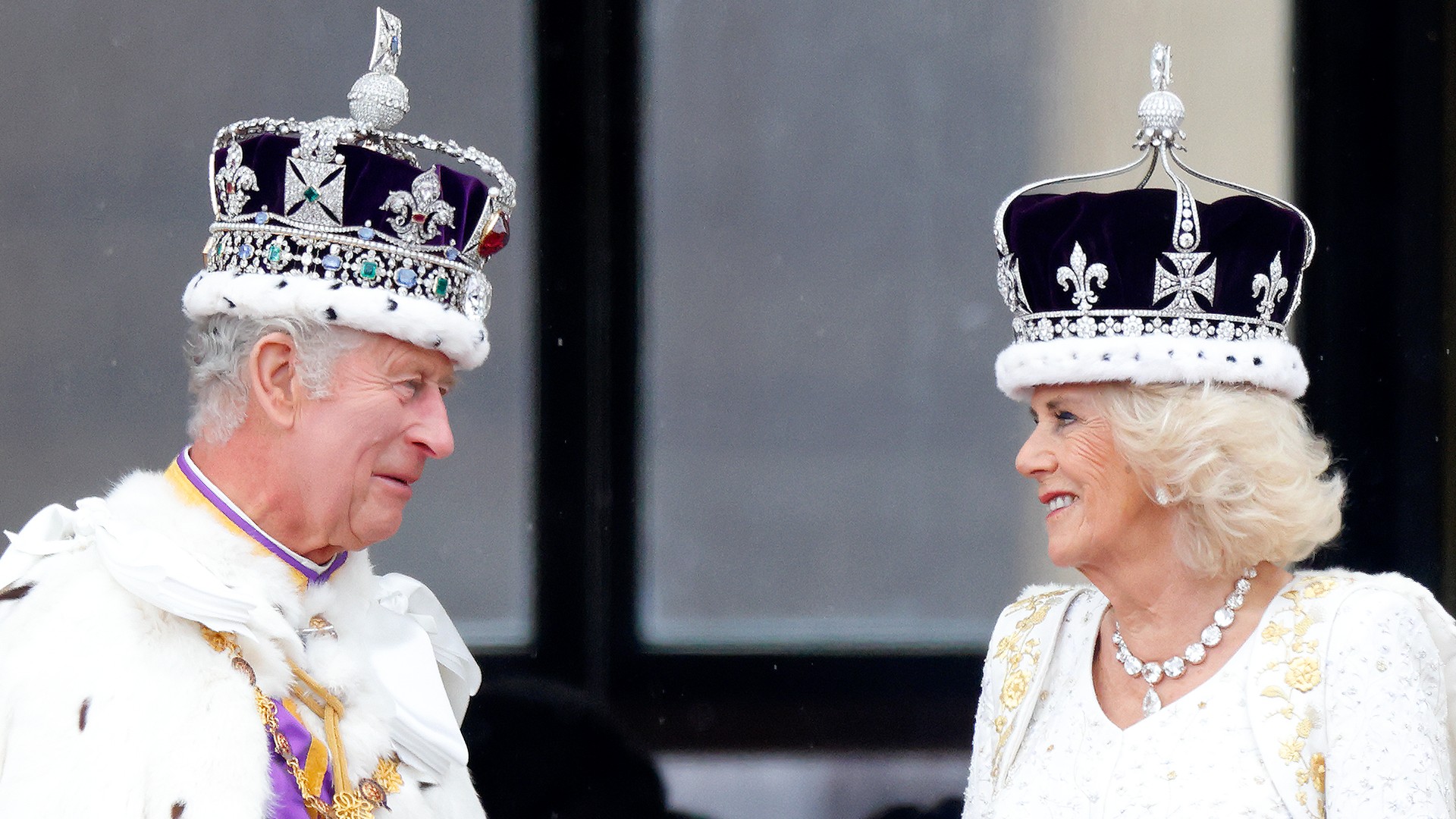
King Charles' coronation took place on 6th May 2023, and interestingly, a royal coronation had previously not taken place in this month since 1601.
It's not clear which other coronation took place in May, but for Charles, his May coronation took place around eight months after he actually became King in September 2022, when the death of Queen Elizabeth II occurred.
It's likely that the King and Camilla waited until May for the coronation as tradition usually dictates that coronations happen some time after the death of the former monarch, in order to allow for a proper period of mourning. 6th May is also the date of his grandson Archie's birthday, and Princess Margaret's wedding anniversary, so it may also have been chosen for sentimental reasons.
Similarly, May in the UK is often considered to be a warmer, drier month, so the date may well have been chosen in order to allow for proper outdoor celebrations – though disappointingly, it actually turned out to be a rainy day!
George was the youngest future King to have an official coronation role
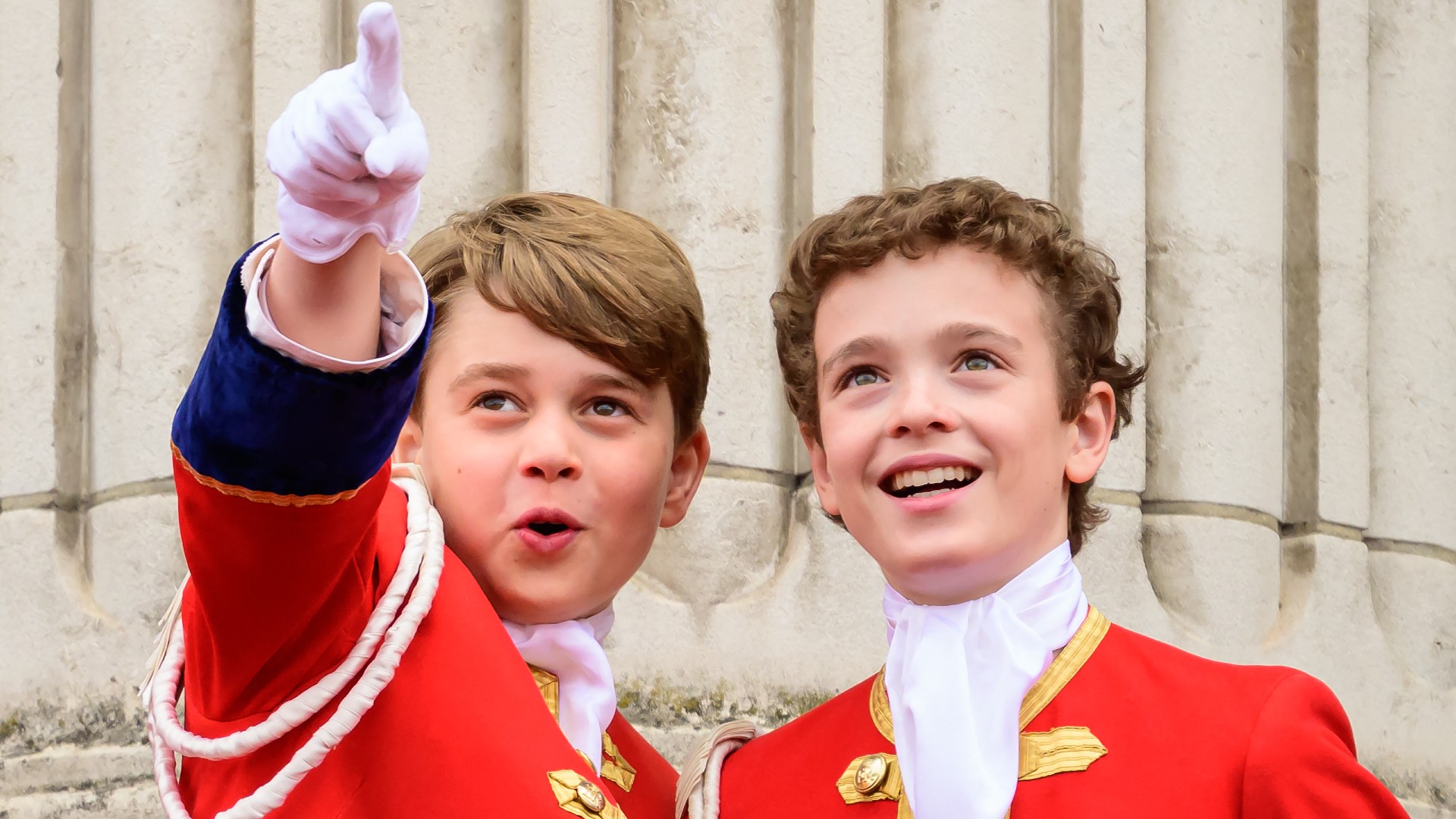
As second-in-line to the throne, Prince George had an important role in his grandfather's coronation – and it turns out, he is also the youngest future monarch to have had an official role in a coronation!
George – Catherine and William's eldest son – was a page of honour at Charles' coronation, alongside a few other young boys whose families are close to the royals. George donned a traditional military uniform for the job, first worn at the coronation of his great-grandfather King George VII in 1902, and helped to carry his grandfather Charles' robes in and out of Westminster Abbey. He also stood alongside Charles and Camilla on the Buckingham Palace balcony after the ceremony.
Almost 20 million Brits watched the ceremony
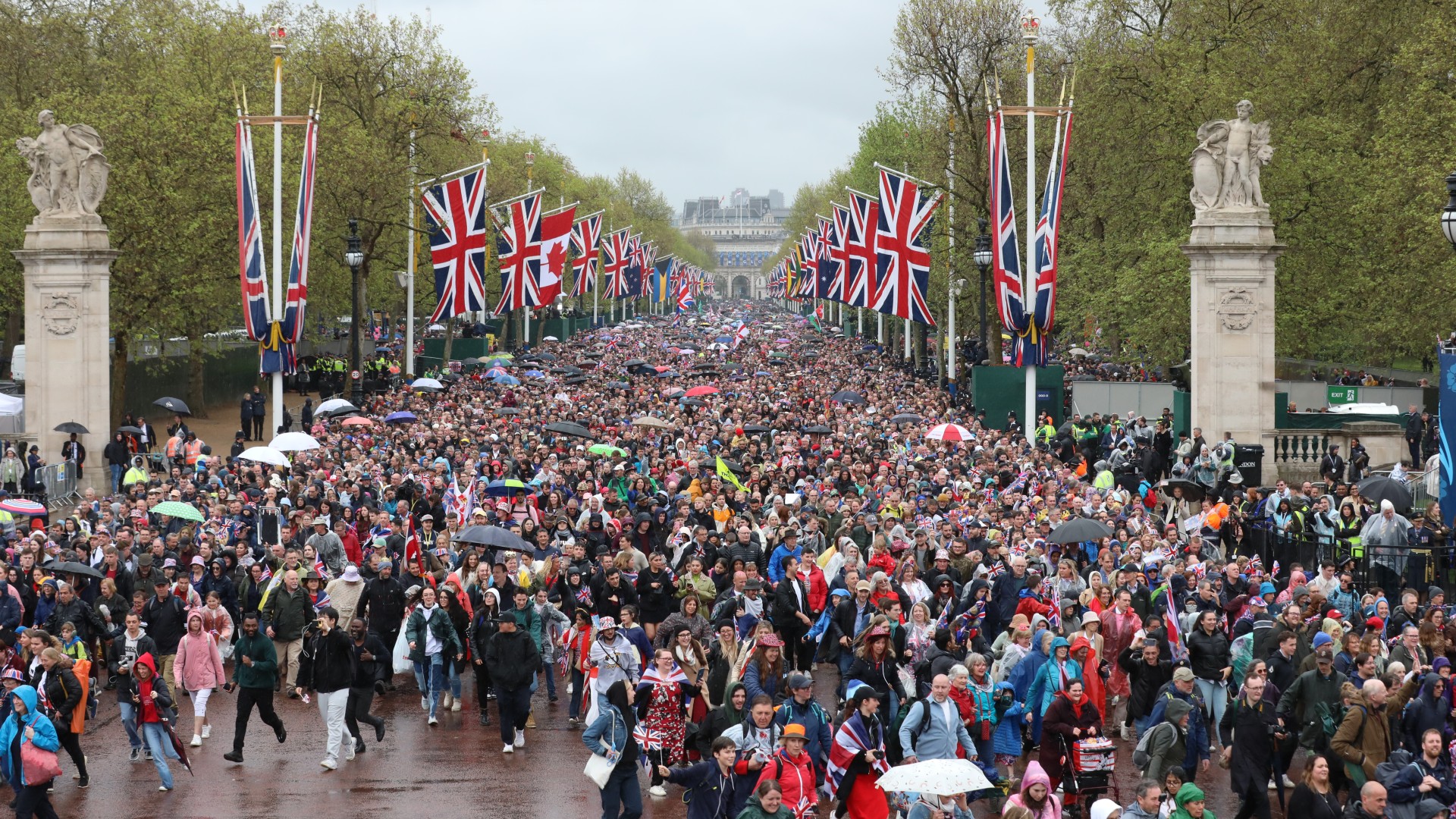
It's estimated that around 20 million people in the United Kingdom watched the coronation live on Saturday 6th May, according to figures which were released by the BBC at the time.
This is said to be the estimated figure for those who watched it on their televisions but does not account for those who listened on the radio or who caught up with proceedings later on via catch-up. It's also not clear how many people may have watched via other media platforms such as YouTube later on in the day or during the weekend!
It has been tradition for the monarch to appear on the balcony for decades
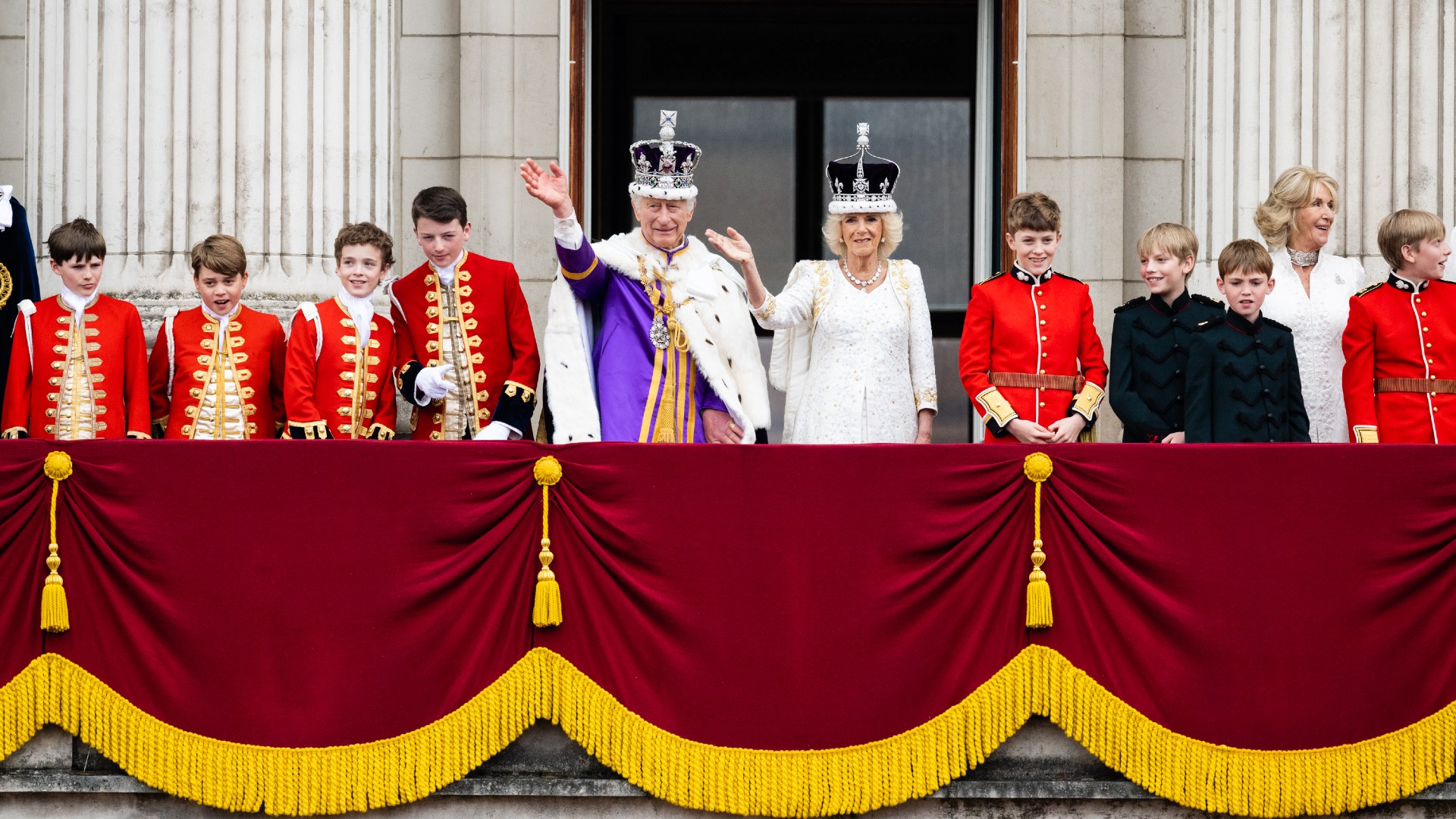
Since the 20th century, it has become a tradition for the royal family to appear on the balcony of Buckingham Palace following a royal coronation, and that's exactly what King Charles and Queen Camilla did following their big day on 6th May.
They appeared on the balcony alongside their pages of honour and the rest of the royal family, including the Prince and Princess of Wales and their children, and members of Camilla's family, including her children, Laura Lopes and Tom Parker-Bowles.
Charles' coronation procession was a quarter of Queen Elizabeth's
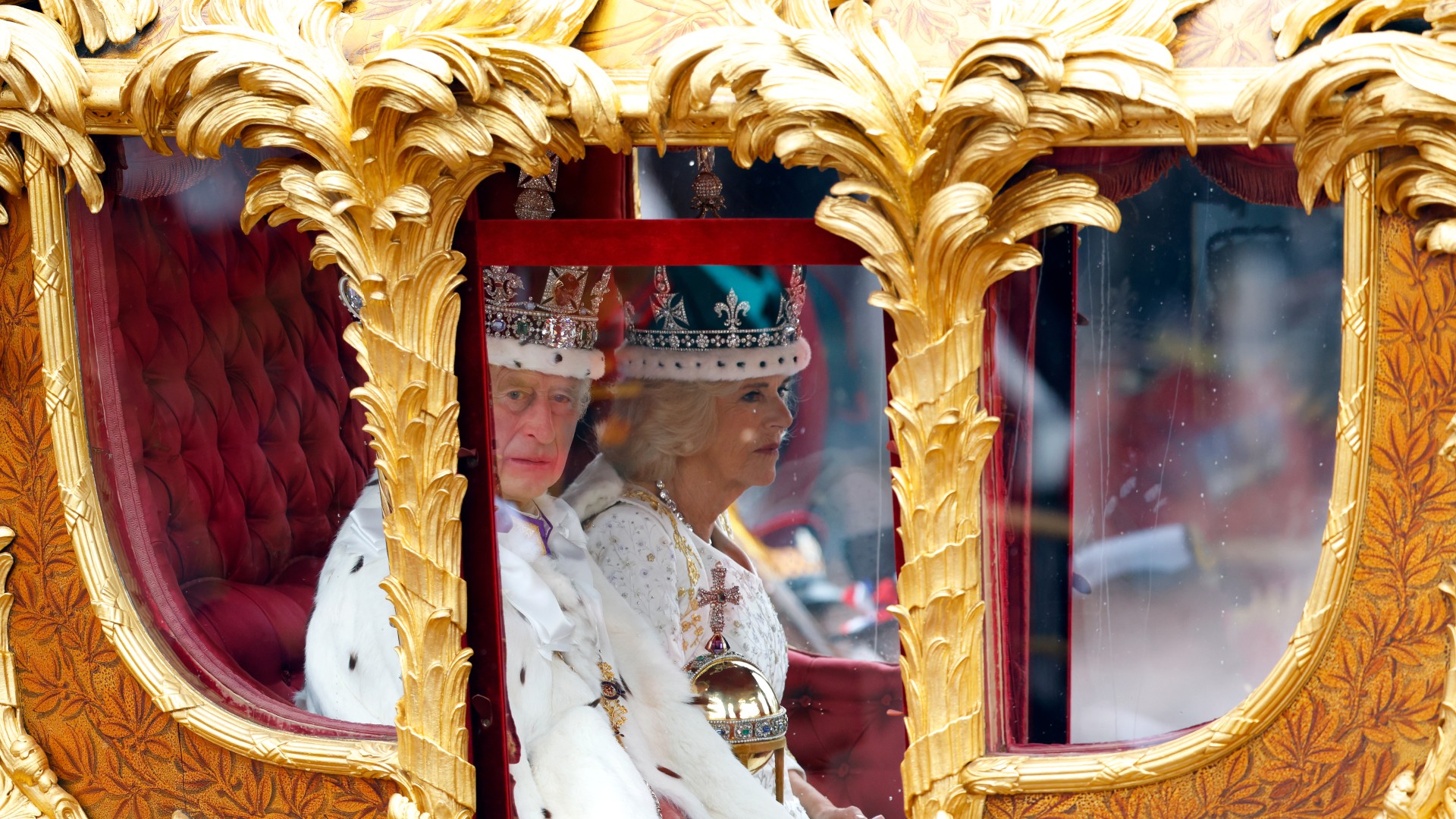
King Charles opted for a much shorter procession route to travel from Buckingham Palace to Westminster Abbey than his mother Queen Elizabeth did. It's reported that Charles's procession route – enjoyed in the glittering gold Diamond Jubilee State Coach – was just 1.3 miles long and is estimated to have taken around 30 minutes. Queen Elizabeth's, on the other hand, covered five miles of ground in London and took over two hours.
Charles and Camilla travelled along Whitehall and Parliament Street to reach they Abbey, whereas Queen Elizabeth travelled around the likes of Oxford Street, Regent Street and past Park Lane. It's thought that Queen Elizabeth II's was longer in order to allow more people to get to see a glimpse of the new monarch.
Charles' coronation chair is over 700 years old
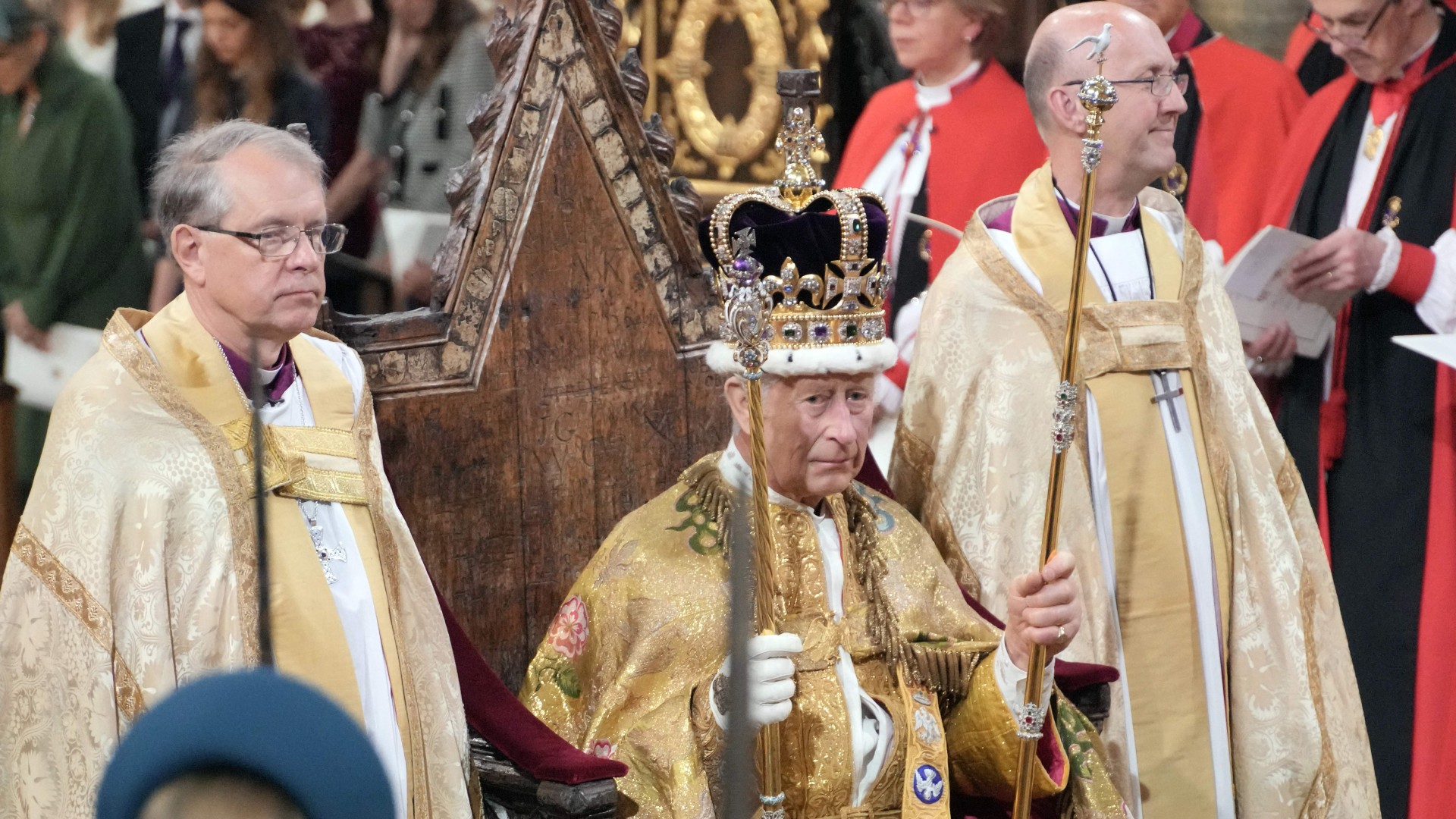
King Charles' coronation chair, also known as St. Edward's Chair, has been used in coronations for over 700 years, meaning it has a rich royal history.
It was first used by Edward I, who ordered it to be made himself, primarily in order to enclose the famous Stone of Scone (a relic also used in all coronations since his), which he brought from Scotland to Westminster Abbey in 1296.
The chair has gone through much change in its 700 years, but for coronations, the chair now sits in front of the High Altar at Westminster Abbey.
Queen Camilla rewore an existing crown

The new Queen Camilla opted to be crowned with a pre-existing crown during the coronation, specifically choosing the Queen Mary Crown, which was made for the former Queen Elizabeth the Queen Mother to wear during the coronation of her husband King George V, in 1911.
Though the crown is undeniably stunning with over 2,000 diamonds (some from Queen Elizabeth II's personal collection), it was somewhat unusual for Camilla to wear an existing crown, as most coronation crowns for Consorts (spouses of the monarch) are usually commissioned new. This is to ensure that a unique crown is created for the very special occasion.
However, it's thought that this decision was made in order to honour some of Charles' most central valuables of sustainability, instead.
Charles 'received homage' from William
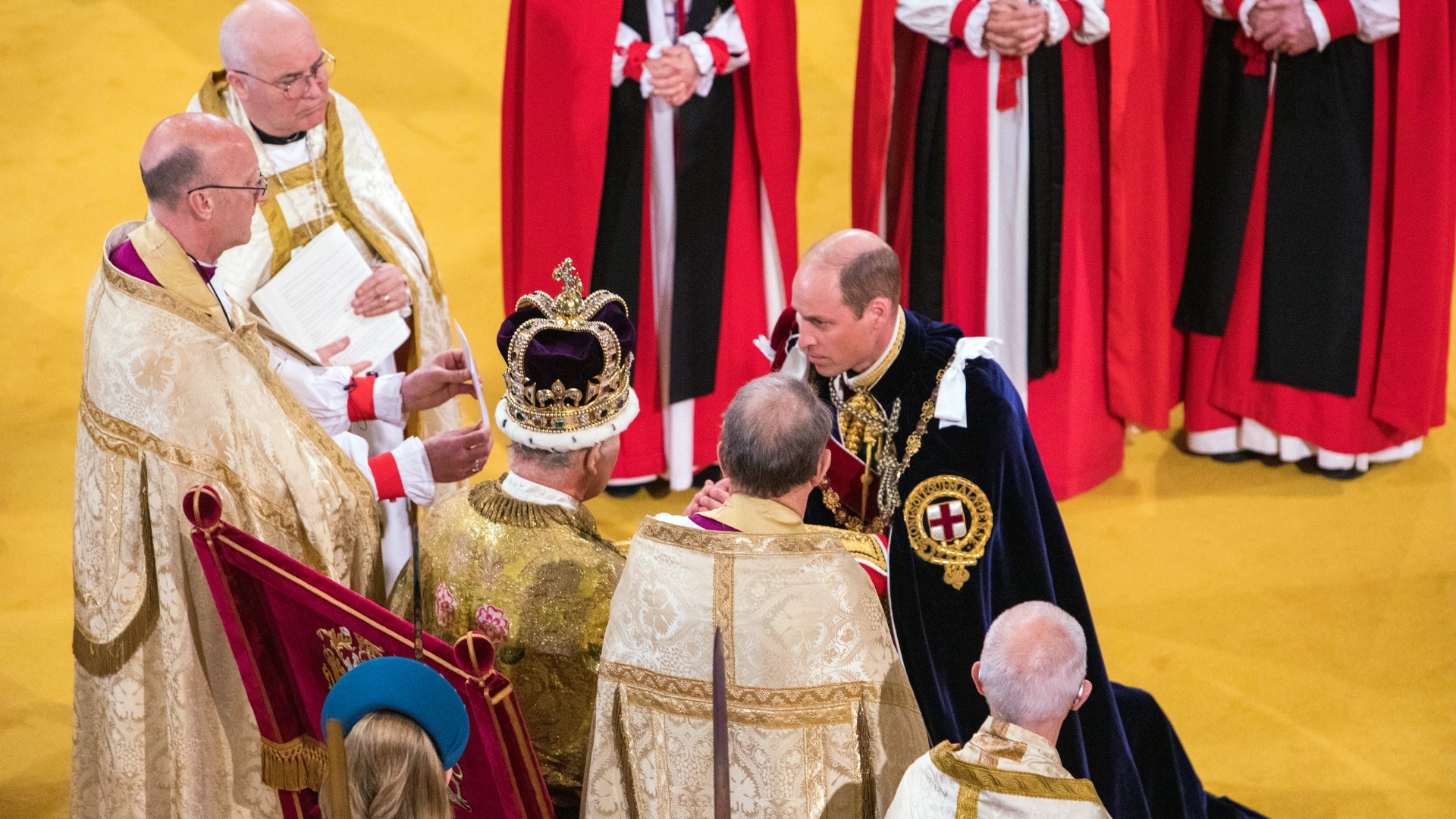
If you watched the coronation you'll likely have seen that Prince William played a key role in proceedings, repeating some words to his father before kissing him on the cheek. But what was he actually doing, and why?
Officially, King Charles 'received homage' from his eldest son, which essentially means that William pledged to support him however he can during his time as monarch, given that he is the next immediate heir to the throne. During the coronation, William told his father, "I, William, Prince of Wales, pledge my loyalty to you and faith and truth I will bear unto you, as your liege man of life and limb. So help me God."
Almost £4 million was spent on public celebrations
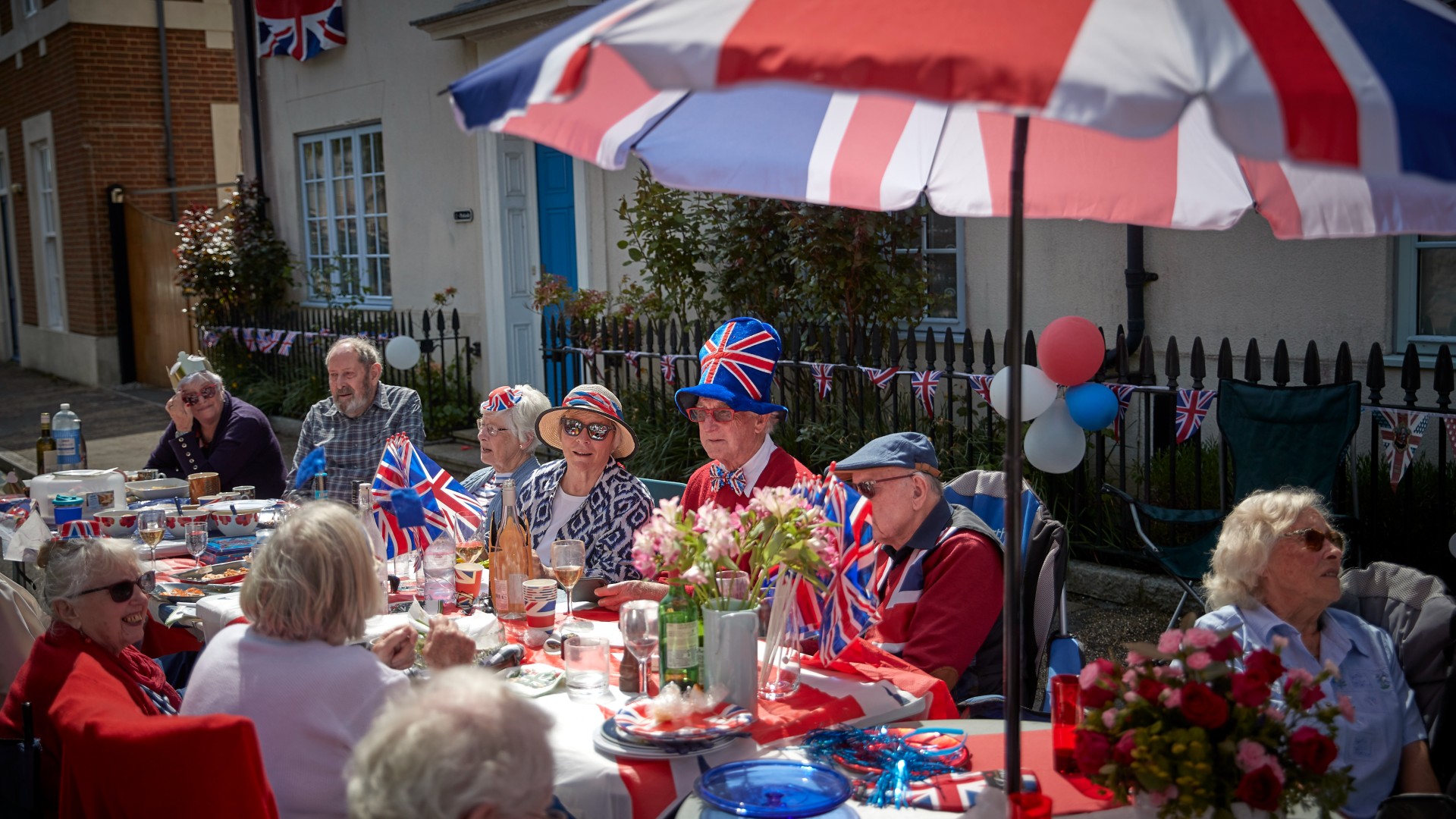
As is often the case with big royal events, there were plenty of parties held by the public across the coronation weekend, with around £3.8 million being spent on official 'Coronation Big Lunch' events by local councils across the UK.
It's reported that more than 3,000 street parties were planned, with a reported 3,087 roads closed for said parties! While plenty of them took place on the Saturday, the actual day of the coronation, many of them were also celebrated on the Sunday, given the less-than-ideal weather on the Saturday.
The music featured a sweet nod to Prince Philip
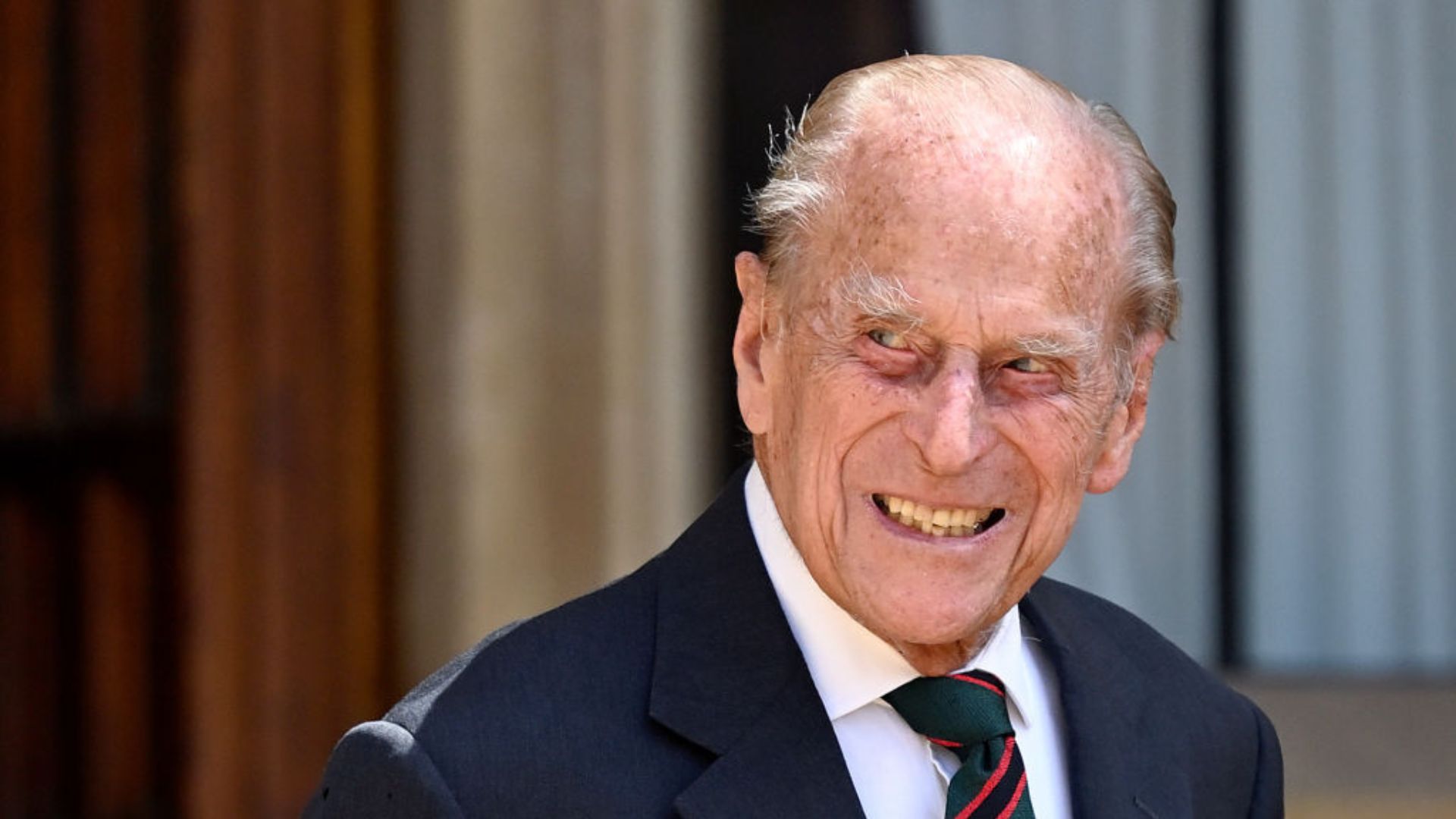
There were a couple of sentimental nods to his late parents during the coronation, but one of the most notable gestures to Charles' late father Prince Philip was made via the music on the day.
Lots of music featured in the coronation, but Charles also made sure to have a traditional Byzantine Chant performed on the day, led by Alexander Lingas, a music director. This type of music was and is popular in Greece, where Prince Philip was born, and where he was a part of the royal family. So this touching part of the ceremony was considered to be a homage to the late Duke of Edinburgh, from the new King.
Charles service was half the length of the Queen's
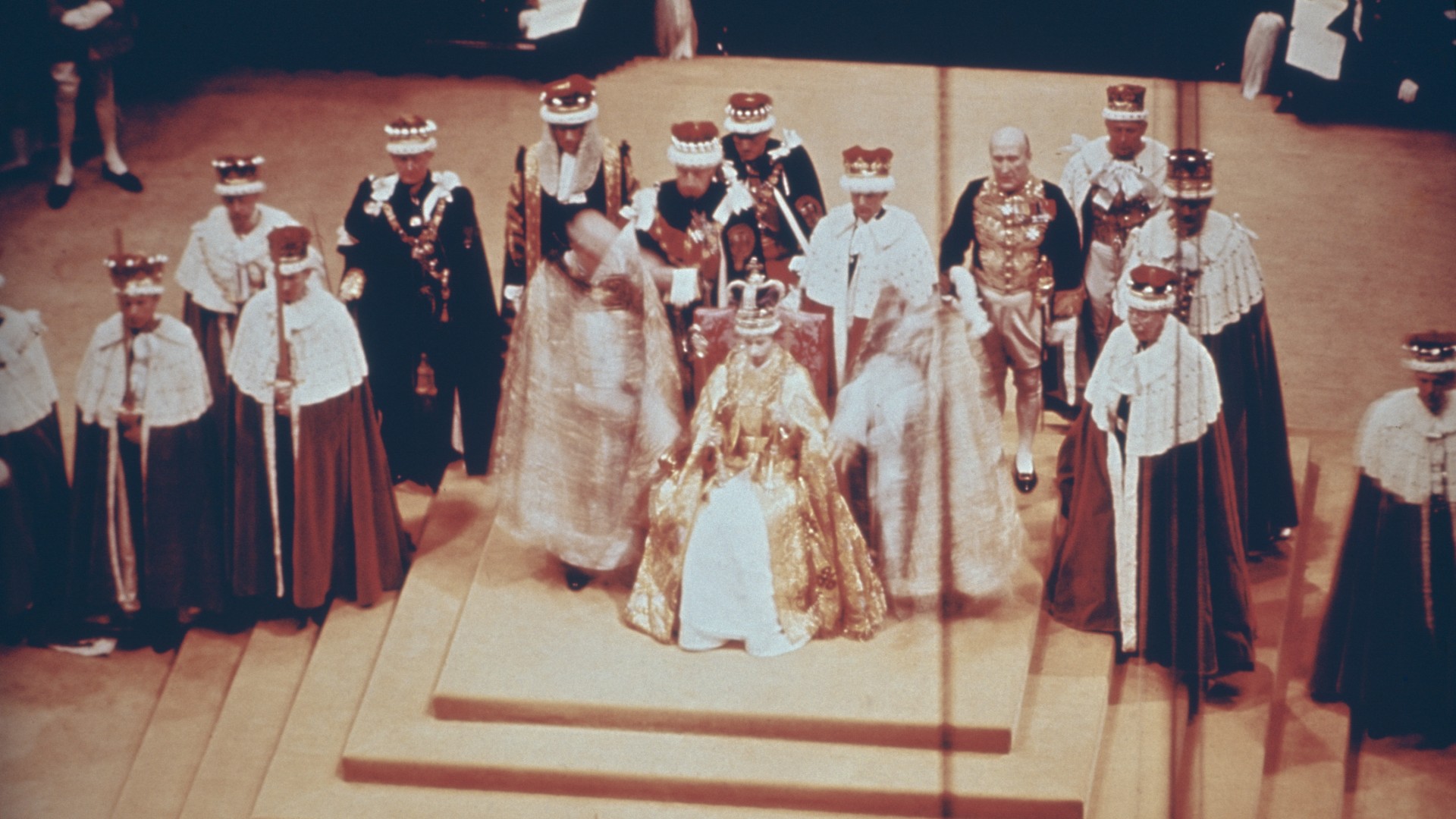
King Charles coronation began at 11 am after a 30-minute long procession through the streets of London, and in total, lasted for just over an hour.
In comparison, the coronation of his mother Queen Elizabeth II was a much longer proceeding and is thought to have taken around three hours.
It's likely that Queen Elizabeth's ceremony took longer than her sons did because she incorporated many of the more traditional elements into the service. Charles, on the other hand, chose to forego some of these in order to achieve a slightly less traditional service, reflective of modern society.
Camilla had her gown embroidered with personal names and symbols

Though Camilla opted to re-wear the Queen Mary tiara rather than having one of her own made, she did make sure to include some adorable personal touches within the rest of her coronation outfit.
Queen Camilla opted for a white coronation gown embroidered with gold patterns across it, designed by Bruce Oldfield.
At the very bottom, she decided to have the names of her children, Tom and Laura, sewn into the dress, as well as the names of all of her grandchildren too. And she didn't leave out her furry friends either! She also got an image of her two beloved Jack Russell terriers, Bluebell and Beth, embroidered onto the gown too.
Charles was the 40th monarch crowned in Westminster Abbey

Westminster Abbey has been the home of coronations for centuries. During his coronation in May 2023, Charles became the 40th monarch to be crowned within the central London Abbey, with the first coronation happening there all the way back in 1066.
The first coronation in the Abbey, that we know of, was William the Conqueror. However, that doesn't mean that all Kings or Queens were coronated within Westminster Abbey – Queen Elizabeth's uncle, Edward VIII never got a chance to be coronated there before abdicating his claim to the throne (thus leading to the Queen's eventual accession), and the young Edward V also never got a chance to have a coronation before his death.
The coronation photographer also captured Charles and Camilla's wedding
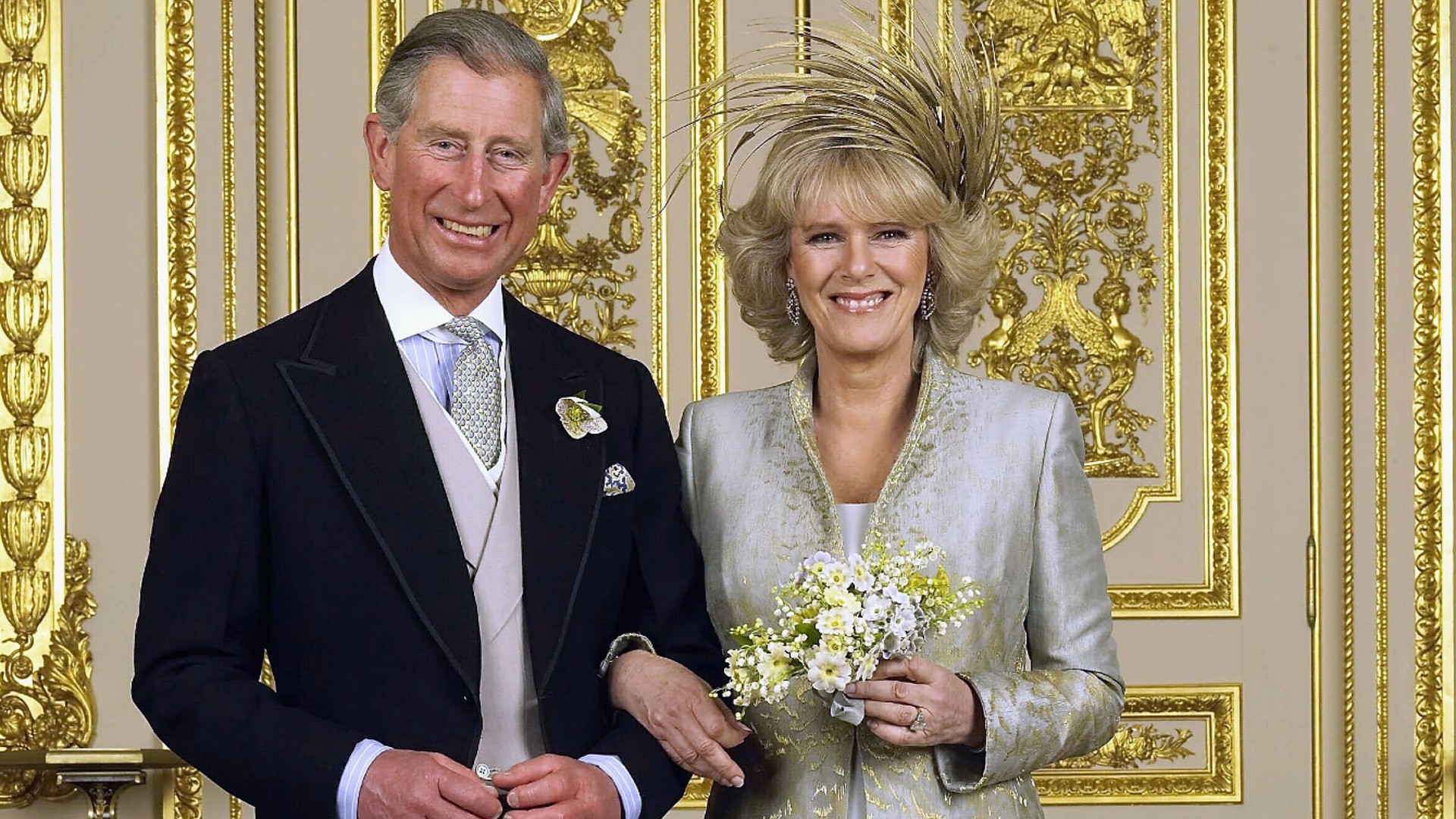
It was likely a touching reunion when Charles and Camilla first glimpsed the official photographer for their coronation, as he – Hugo Burnand – also captured the official portraits on their wedding day, too, back in April 2005.
In fact, Hugo has been regularly chosen to photograph the royal family at all sorts of important moments. He has previously snapped pictures of Charles and Camilla for their Christmas cards and also photographed the wedding of Prince William and Catherine in 2011. So it was likely a no-brainer choice for Charles and Camilla to choose Hugo to capture their official memories of the coronation.
The King was anointed with holy oil in private – for this reason
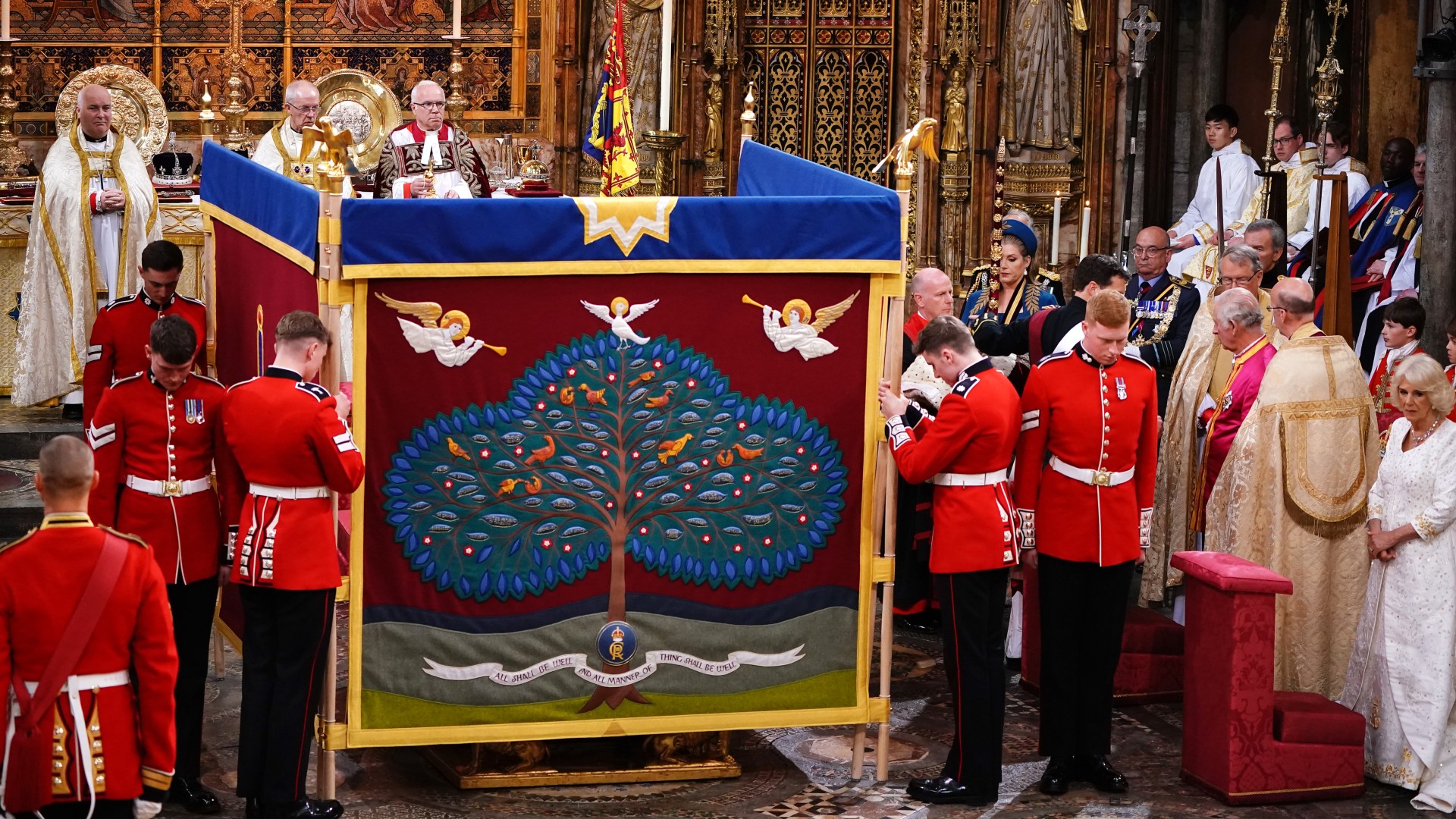
If you saw the coronation ceremony, you will have noted that during one part of the proceedings, the King was hidden behind a screen, where no one – not even the attendees at Westminster Abbey – could see him. Why was this?
This portion of the events is called 'The Anointing' and saw Charles being anointed with holy oil from Bethlehem, via the Coronation Spoon, by the Archbishop of Canterbury. The reason why this was done behind a screen is because this moment is considered to be an incredibly holy and sacred moment that is private, and is only between the monarch and God.
The royal family attended coronation rehearsals
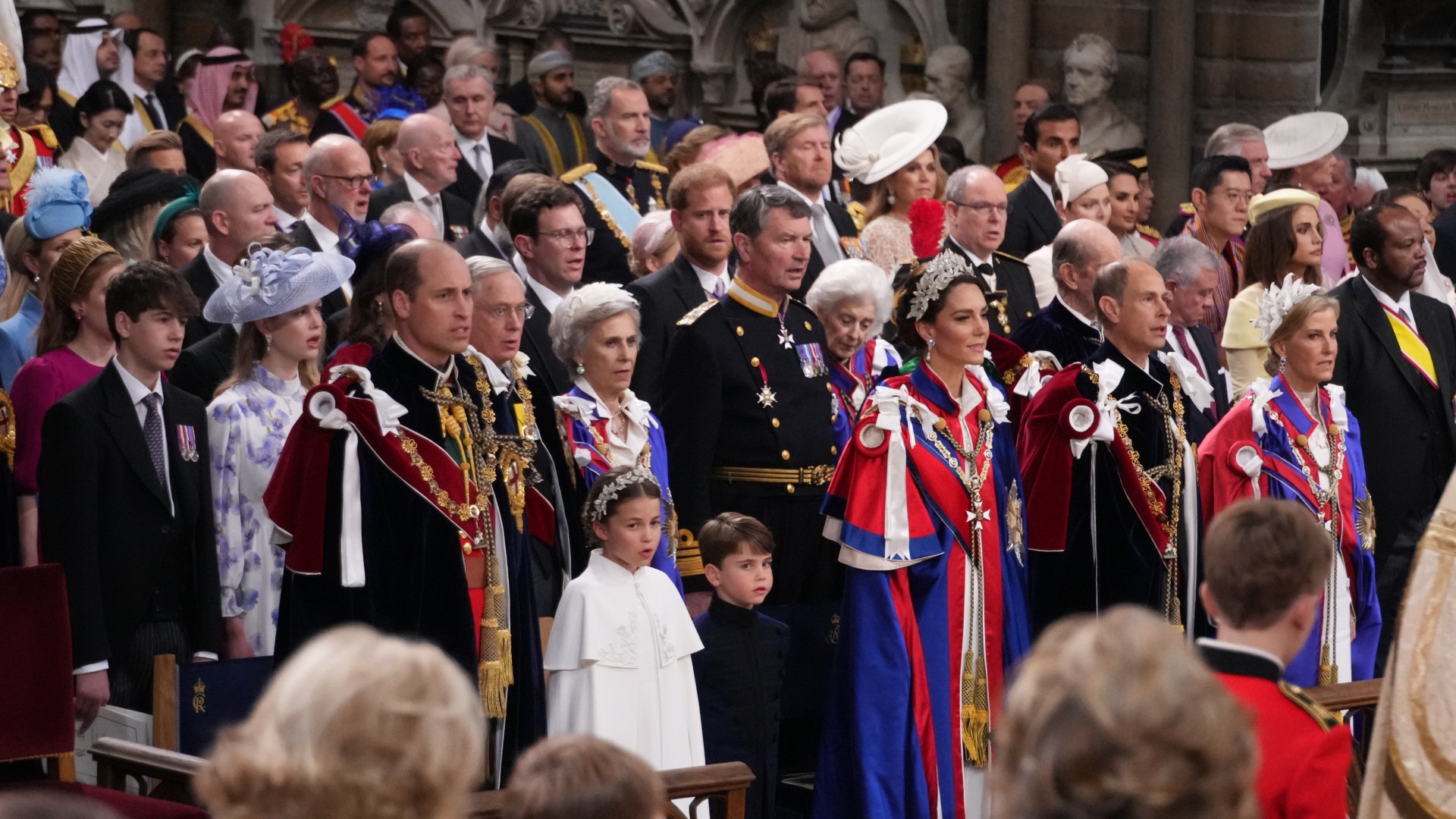
If King Charles's coronation looked like it was pulled off expertly, that's because it was! Prior to the ceremony itself, there were a number of rehearsals for the big day, with military participants practising for multiple days ahead of the event.
The royal family themselves were even required to attend rehearsals, making it clear just how important the occasion was. Charles and Camilla of course attended rehearsals both at Westminster Abbey and at Buckingham Palace beforehand, and Prince William, Catherine, their three children and Princess Anne also attended rehearsals at Westminster Abbey a couple of days before the event, on 3rd May. Practice makes perfect!
The government issued 400,000 coronation medals

After the coronation, the government opted to issue 'coronation medals' designed to thank and recognise individuals who had contributed to the coronation itself, as well as other coronation-related events across the country – and to those who had made contributions to the country in other ways in the years leading up to the coronation.
For example, prison services personnel, members of the armed forces, and frontline emergency employees also received coronation medals, with the medals handed out in the days following the coronation. In total, around 400,000 people received a one-of-a-kind coronation medal, which featured an image of both the King and the Queen.
The royal family enjoyed a private lunch following the ceremony
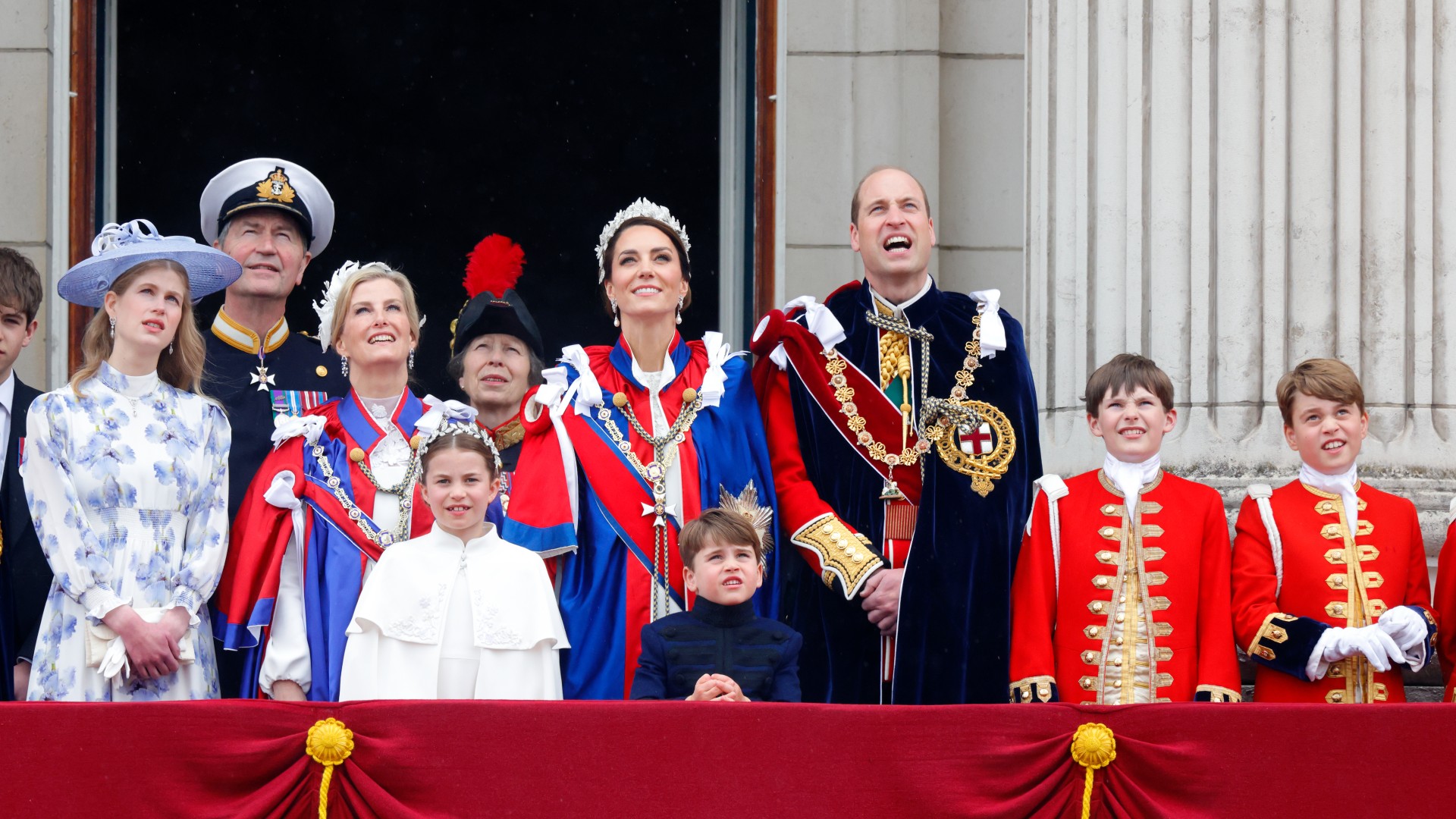
After the exciting events of the day – including the coronation at Westminster Abbey and an appearance on the balcony of Buckingham Palace – the royal family headed inside the palace to enjoy a formal, private sit-down lunch prepared by head royal chef Mark Flanagan.
The lunch was attended by close family members and friends only, and likely provided the King and Queen with a lovely chance to check in on the events of the day – as well as get a little bit of time to relax ahead of the rest of the coronation celebrations that weekend.
Camilla was accompanied by two ladies-in-waiting
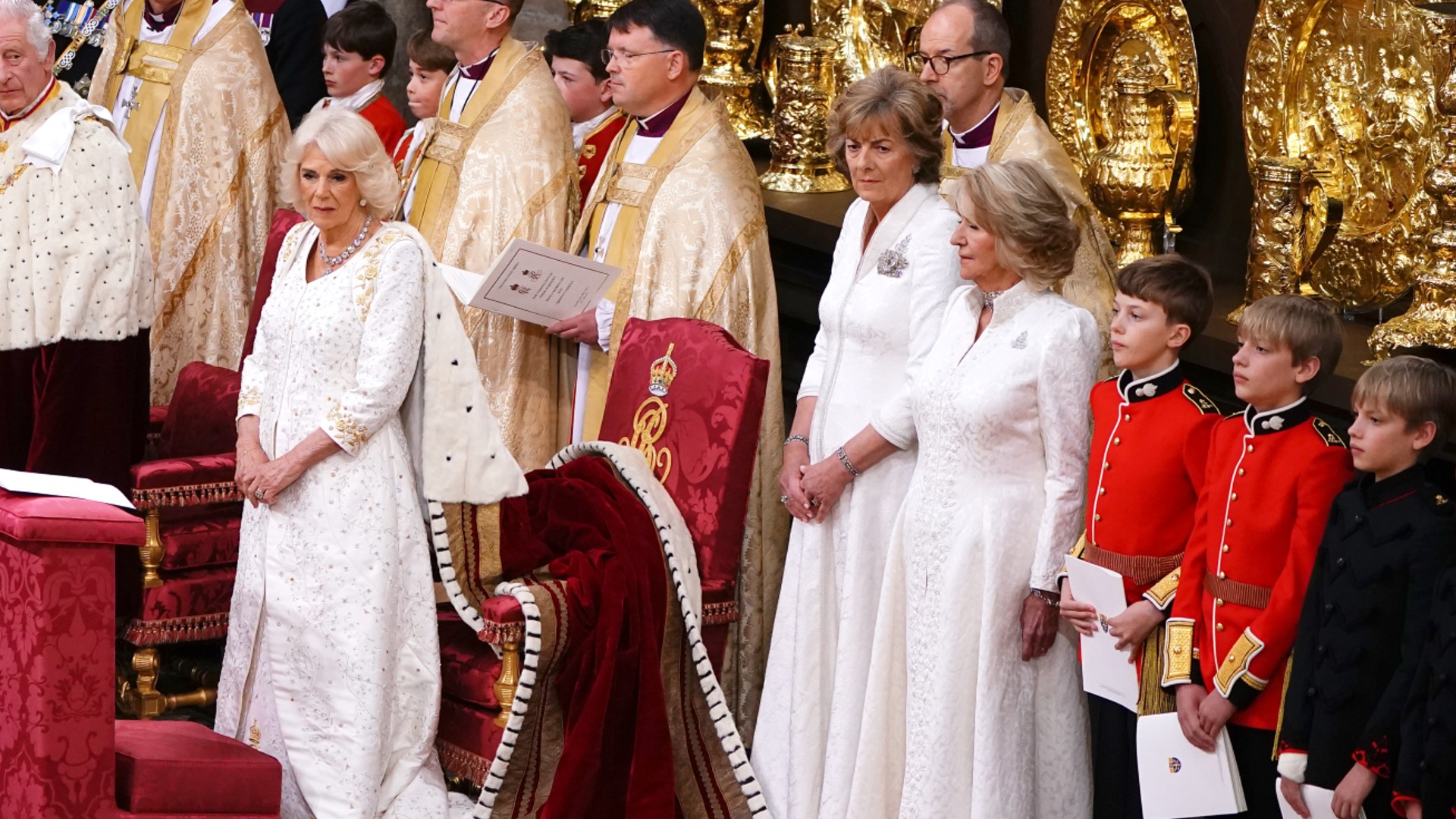
If you watched the coronation, you likely spotted two women in white accompanying Queen Camilla as she entered Westminster Abbey and throughout the coronation ceremony. In actual fact, these ladies were Camilla's 'ladies-in-waiting', and are two of the Queen's closest confidantes.
One of them was Annabel Elliott, the Queen's sister, and the other was Lady Lansdowne, who is otherwise known as Fiona Mary Petty-Fitzmaurice, Marchioness of Lansdowne. Lady Lansdowne is one of Camilla's closest and oldest friends.
These women in Camilla's life are often referred to as ladies-in-waiting – but since becoming Queen, Camilla has actually chosen to scrap the idea of a lady-in-waiting, and instead has opted to call them her 'Queen's Companions'.
While ladies-in-waiting traditionally completed more intimate tasks for their monarch, such as dressing them and responding to letters on their behalf, Camilla's 'Queen's Companions' will instead be used on a more occasional basis, to accompany her to events, for example.
9,000 armed service personnel took part in the coronation
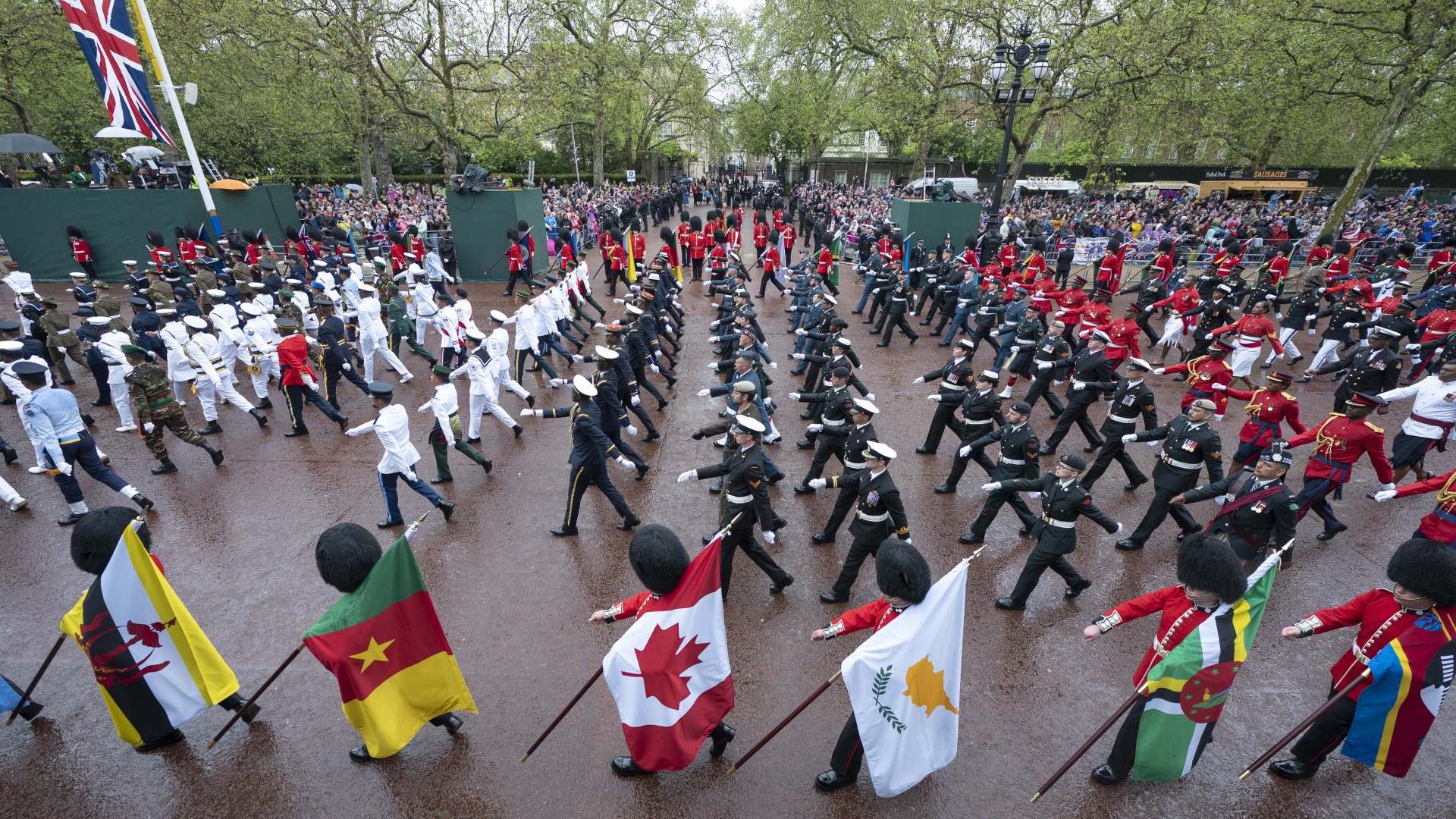
There were plenty of military personnel involved in the coronation, with an estimated 9,000 of them assisting with events across the entire weekend.
It's estimated that around 4,000 military personnel participated in the procession from Westminster Abbey back to Buckingham Palace, and around 200 accompanied the King from Buckingham Palace to Westminster Abbey in the morning, too. It's also estimated that around 19 military bands played across the weekend. The total headcount involved members of the Royal Navy, the Royal Marines, the British Army, and the Royal Air Force.
A coronation meeting was held annually – and there was a code name
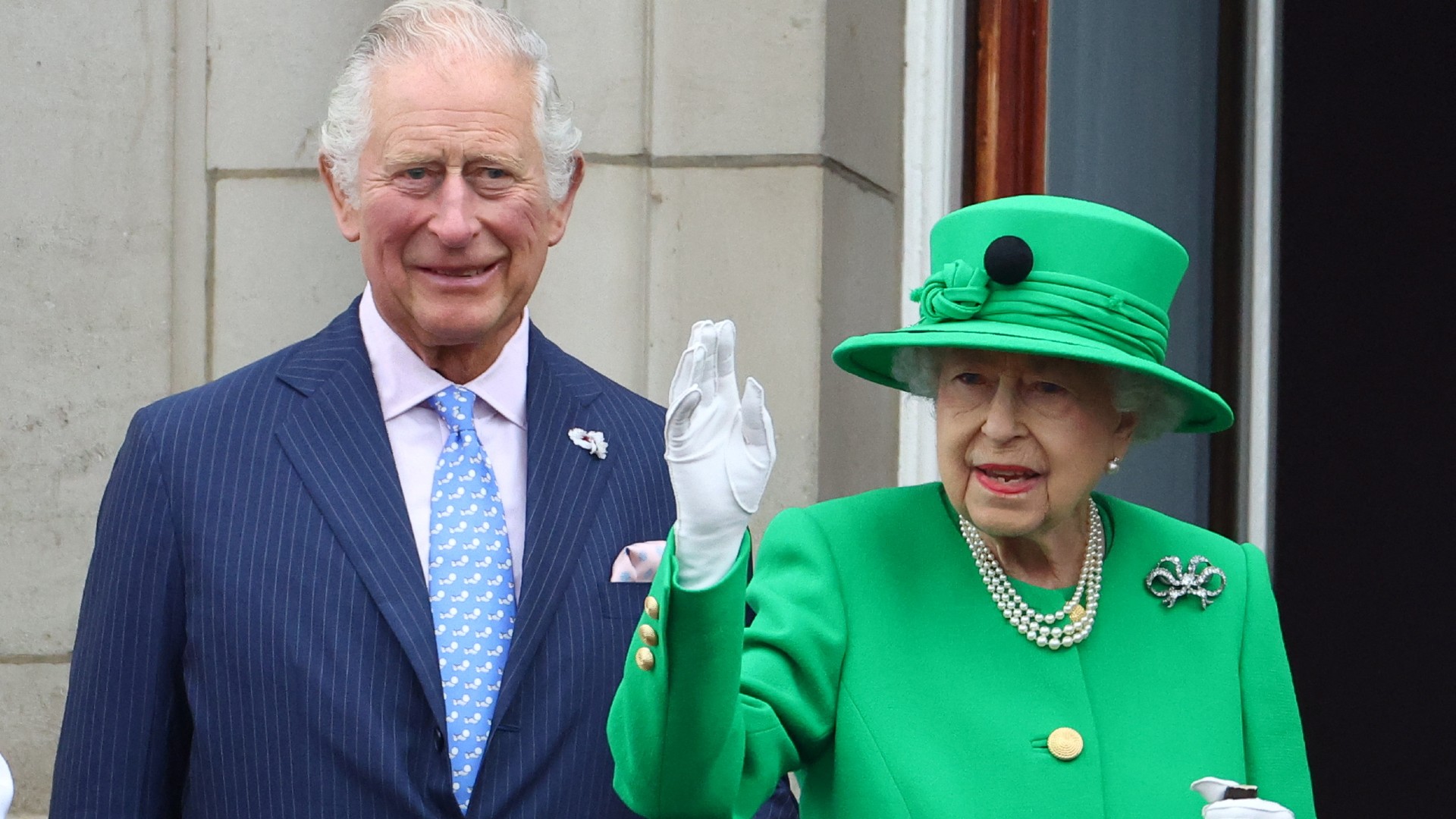
As with anything to do with the royal family, there was detailed and intricate planning involved in King Charles and Queen Camilla's coronation – which began decades before Queen Elizabeth II's death.
According to reports, there was an annual meeting that began in the Queen's later years (they began as she celebrated her Golden Jubilee, marking 50 years on the throne) to plan and review Charles' coronation plans. The plans even had a secret code name of 'Operation Golden Orb' too, to keep them hidden from public view. While the plans covered the details of the ceremony, they were mostly related to the security measures required for such a big operation.
Charles incorporated many multi-faith elements into the ceremony

Though King Charles became the Head of the Church of England when he became monarch, he made efforts to include many other denominations and faiths within his and Camilla's coronation, as a way to reflect both the diversity of the UK and of the world in 2023.
For example, there was a procession into Westminster Abbey led by representatives from non-Christian religions, including the Buddhist, Hindu Jewish, and Sikh communities – and Charles made sure to meet and chat with them following the end of the ceremony, too.
The coronation crown weighed almost five pounds

King Charles followed in his mother Queen Elizabeth II's footsteps when he opted to wear the St Edward's Crown for his coronation; a purple crown with a white fluffy trim, and a huge number of diamonds and gemstones (444 of the latter, to be exact).
The Queen wore the very same crown for her coronation in 1953, and famously commented on how heavy it felt during her coronation. And we're not surprised – the crown both she and King Charles wore weighs 2.08 kilograms, which equals 4.5 pounds!
A new poem was created to mark the coronation

There were all kinds of celebrations and special events launched to mark the coronation of King Charles III – but what you may not know is that a new poem was also created and released to celebrate the national event, too.
Poet Laureate of the United Kingdom, Simon Armitage, was commissioned to release a new poem to celebrate the coronation, which he did, calling it 'An Unexpected Guest'.
The poem, which is made up of four stanzas, shares the story of a woman invited to the coronation and her journey to Westminster Abbey and also quotes Samuel Pepys' experience at the coronation of Charles II in 1661.
A tiny error occured in the procession for Kate and William
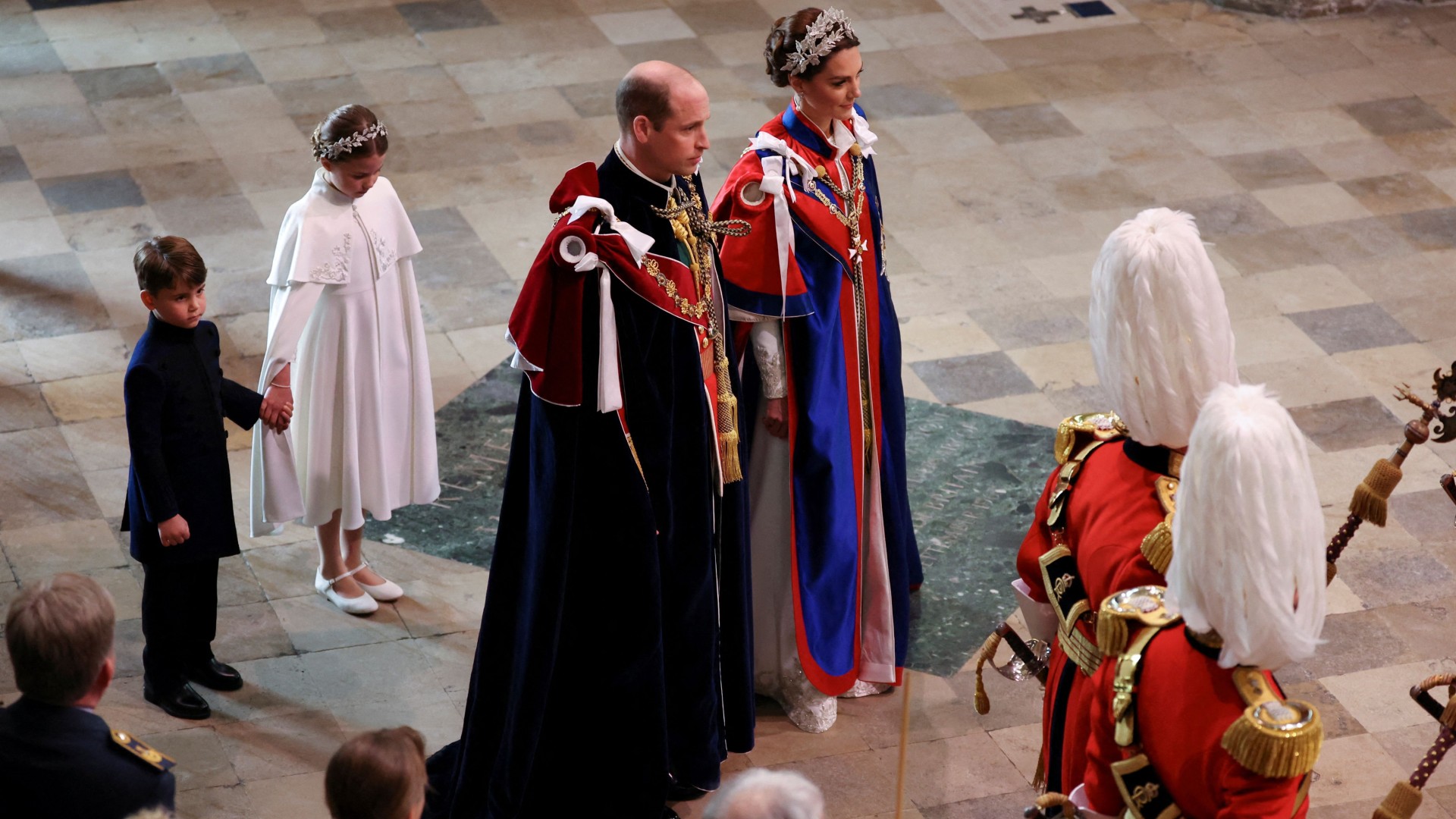
Perhaps only the eagle-eyed amongst us will have noticed, but in a day that was carried off pretty much flawlessly, a tiny error actually occurred when it came to transporting the royal family from Buckingham Palace to Westminster Abbey for the coronation.
For an unknown reason – some have chalked it down to Charles and Camilla arriving at Westminster ahead of schedule, or have blamed Princess Charlotte and Prince Louis – Catherine, William and their children arrived at the Abbey minutes after the then-future King and Queen, meaning Charles and Camilla were forced to enter Westminster Abbey without the family following behind as planned.
As such, Kate, William and their two youngest children (Prince George was busy being a page boy to Charles), arrived at Westminster Abbey after the King, just before the ceremony was scheduled to start. Eek!
A new collection of coins was released to mark the ocassion

It's tradition for the Royal Mint to release new collectable coins whenever a significant royal occasion occurs, which is exactly what they did when to mark the coronation of King Charles.
The official maker of British coins manufactured two new coins to celebrate the big day – a 50p and £5 coin – featuring the King wearing the Tudor crown. The new coins were actually debuted to the monarch himself at Windsor Castle, around a month prior to the coronation.
The crowning gown weighs 4.4 pounds
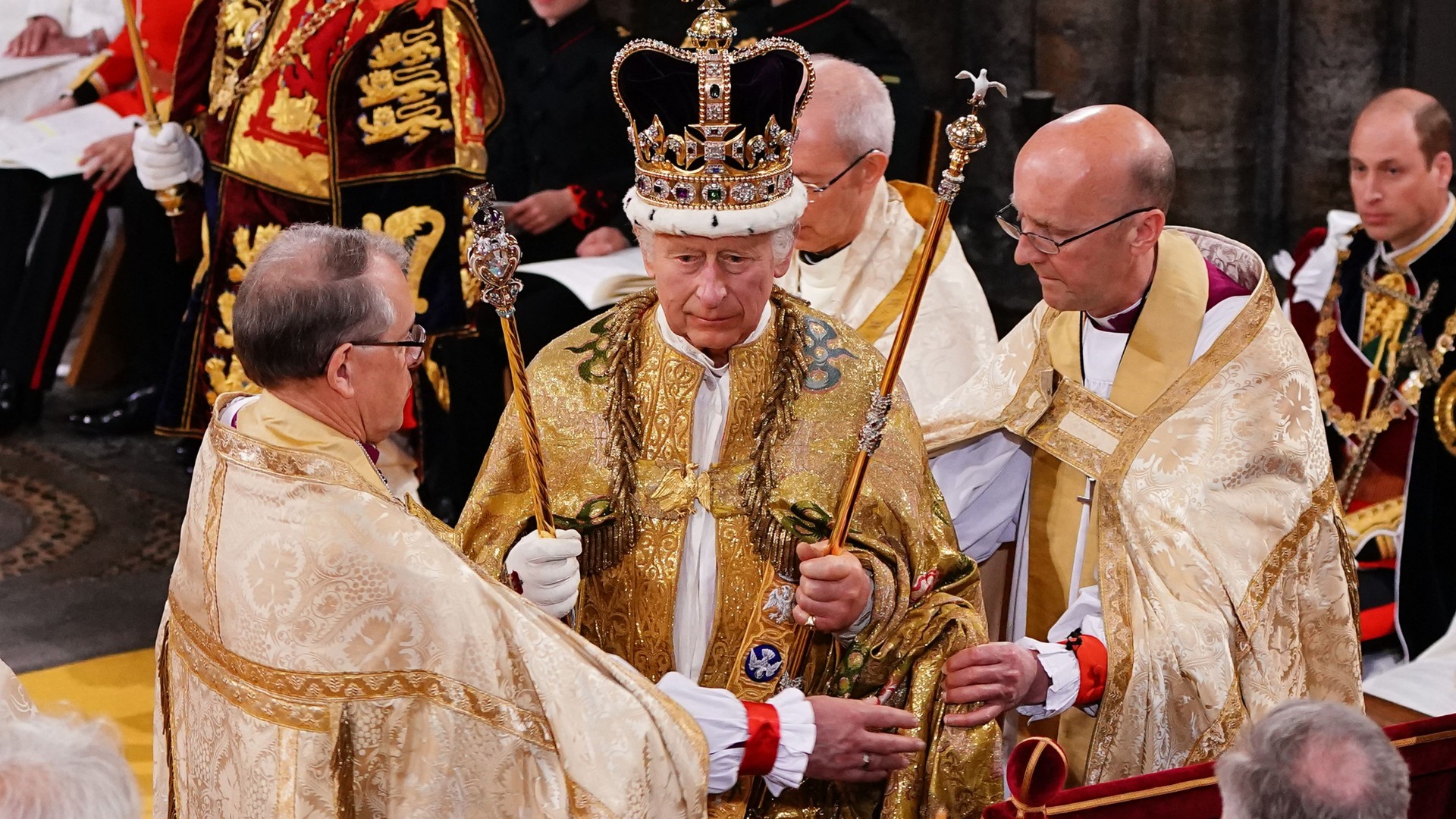
There were plenty of important elements to the coronation ceremony, but during arguably the most important part (the actual crowning of the King), Charles wore a large gold gown called the Supertunica.
Created in 1911, it has been worn during all coronations since, and was of course even worn by Charles' mother, Queen Elizabeth II. But given that it's made with gold silk and plenty of embroidered elements, it's actually pretty heavy to wear, weighing around 2kg or 4.4 pounds.
And that's not all – at one point, Charles even had another lengthy cloak laid on top of him called the Imperial Mantle, which itself weighs a whopping 3-4kg, or 6.5-8.5 pounds. So the King was likely feeling pretty weighed down during the crowning portion of events!
A bigger flypast was scuppered by the weather

Following the coronation at Westminster Abbey, swathes of royal fans all headed back to Buckingham Palace to catch a glimpse of the royal family, who appeared on the balcony to wave to the crowds, and to watch the RAF fly-past; which has become a tradition for big royal events.
But what you may not know is that while the impressive fly-past still went ahead, it was set to be a much larger display than it ended up being. While nine planes flew over the palace in the end, the fly-past was actually scheduled to include 68 planes flying over in 14 waves. However, this was sadly eventually scaled back because of the poor weather on coronation day.
A quiche was chosen as the official coronation dish

In recent years, it was decided that every coronation going forward should get an accompanying dish that is associated with the event for years to come, after the popularity of coronation chicken, a dish served at Queen Elizabeth's coronation.
For Charles and Camilla's day in particular, the couple chose a Coronation quiche, a vegetarian recipe made up of spinach, broad beans and fresh tarragon as the official dish of the Coronation Big Lunch, an event which encouraged groups to get together and enjoy a meal together on the weekend of 6th May.
For dessert, Coronation Trifle was made the official pudding of the event, and consisted of Parkin, ginger custard and strawberry jelly. Delicious!
Commonwealth countries across the globe also celebrated Charles' coronation
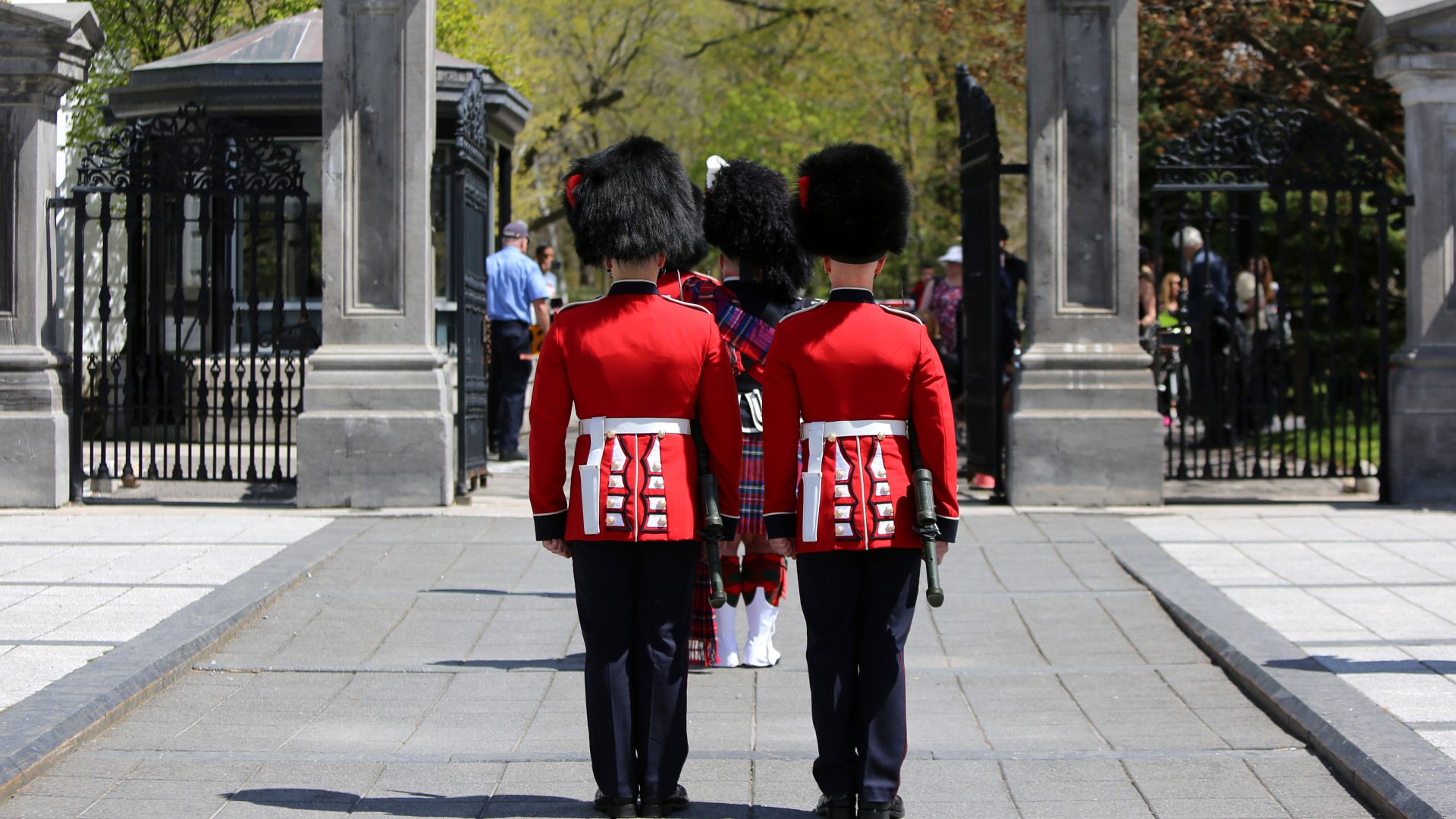
The United Kingdom wasn't the only country to celebrate King Charles' coronation – Commonwealth countries across the world also marked the significant moment with celebrations of their own too.
For example, in Gibraltar, Bermuda, and the Cayman Islands, a public holiday was declared on 8th May, while flags in Australia were illuminated in a royal purple colour. In Canada, a Canadian coronation emblem was created, and in Auckland, New Zealand, the Sky Tower was also illuminated in purple to honour the new King.

